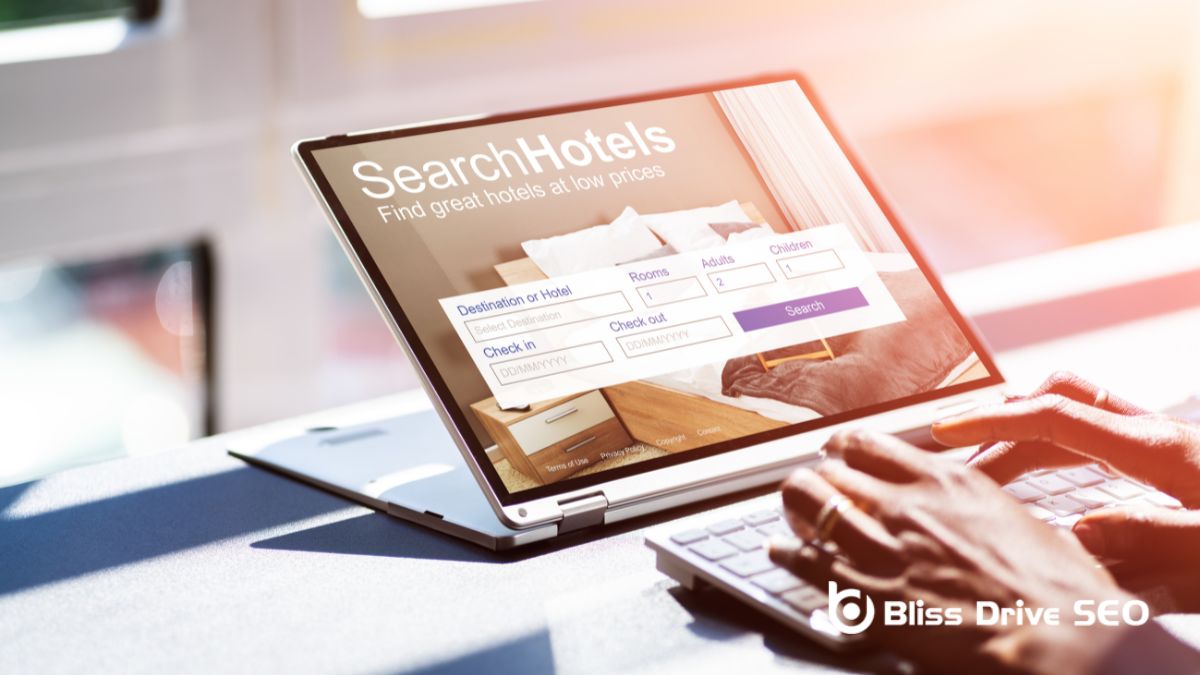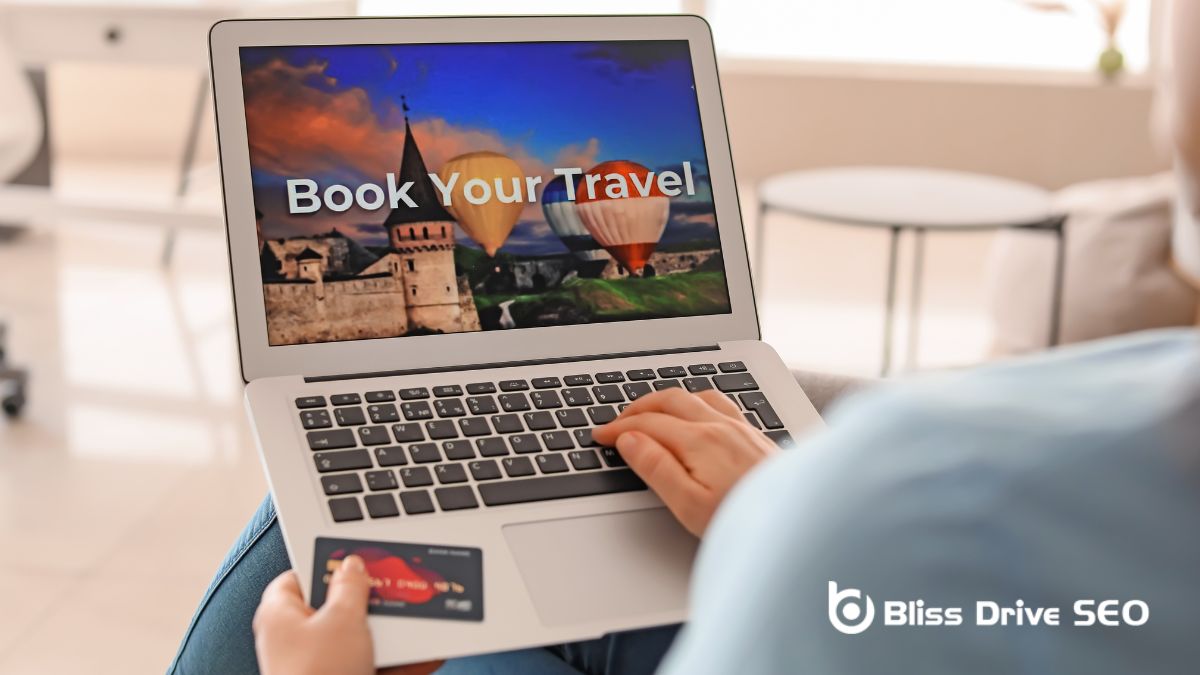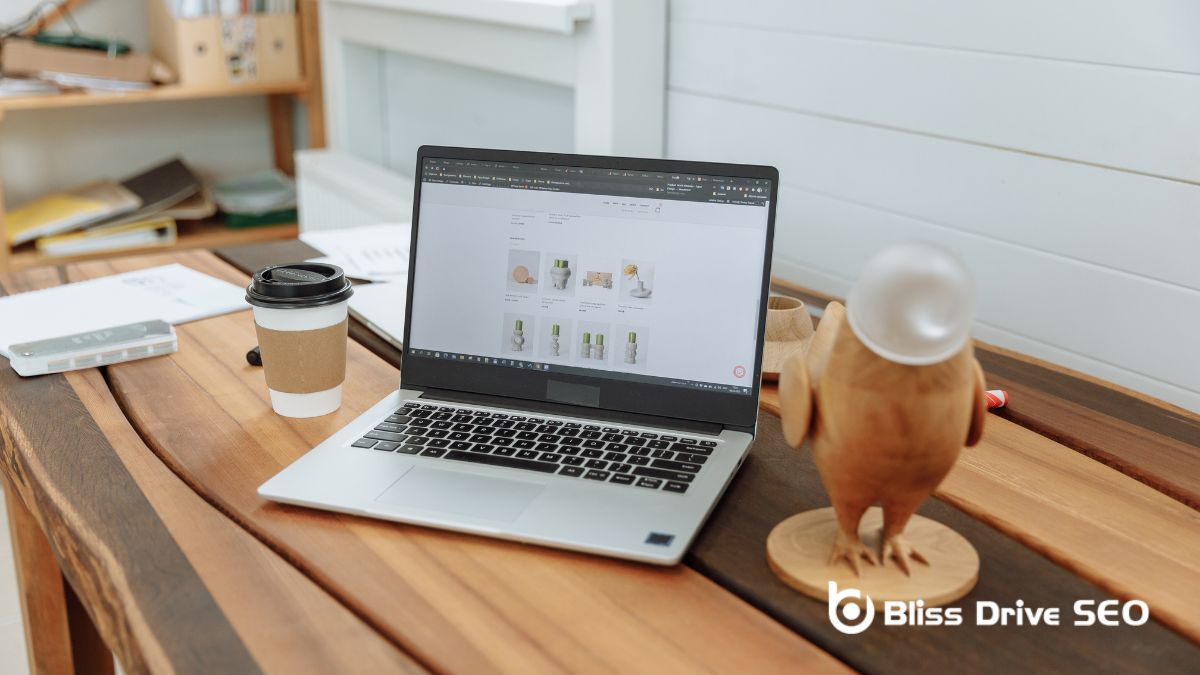Digital Marketing Services
Learn More About Us

When you're crafting a landing pageThe web page a user is directed to after clicking on an affiliate link, optimized for conversions. aimed at high conversions, the layout you choose plays a pivotal role. A single-column layout can streamline your message, guiding visitors through a straightforward, linear flow. On the other hand, a two-column design can separate content types, enhancing readability and focus. If you're looking to keep users engaged, long-scrolling layouts with strategic CTAs work wonders. But what about video-centric or minimalist designs? And don't forget the importance of interactive elementsElements that require user interaction, such as buttons, forms, and sliders. and mobile-first layouts. Each approach offers unique benefits, but which one aligns best with your goals? Let's explore the possibilities.

When it comes to designing landing pages that convert, the single-column layout stands out for its simplicity and focus. This layout ensures your users' attention remains on the central message without any disruptions. By presenting information in a simple, linear flow, a single-column design effectively guides visitors toward a clear call to action.
One of the main advantages of a single-column layout is its ability to reduce decision exhaustion. When users are bombarded with multiple choices or intricate layouts, they can become overwhelmed and leave your page without taking any action. By simplifying the design and emphasizing one central message, you make it easier for visitors to understand your offerThe specific product or service being promoted by affiliates. and respond accordingly.
Studies have shown that single-column layouts can significantly enhance conversion rates. This is because the seamless user experience they provide allows visitors to absorb the content naturally, leading them straight to your desired outcome. With fewer disruptions and a clear call to action, your users are more likely to convert.
While the single-column layout excels in simplicity, a two-column layout offers a different approach by dividing the landing page into two main sections for better organization. This design helps you prioritize content and guide visitors' attention effectively, ensuring they focus on what truly matters. By showcasing product features and benefits side by side, you create a balanced and engaging user experience.
A two-column layout can notably enhance readability, making it easier for visitors to digest information quickly. This layout is versatile and can be customized to match different types of content and goals, whether you're promoting a product, service, or even an event.
Here are some key advantages of using a two-column layout:
When using a long-scrolling layout, focus on key visual elements to capture attention immediately.
Break your content into engaging sections to keep visitors interested and guide them smoothly through your message.
Don't forget to strategically place effective call-to-actions throughout the page to boost conversions.
Long-scrolling layouts excel at narrating a captivating story and keeping users engaged as they navigate through the content. By allowing a seamless flow of information, these layouts make sure that visitors aren't overwhelmed. To maximize their effectiveness, incorporating key visual elements is essential.
Hero images, videos, and graphics can be strategically placed throughout your scrolling layout to captivate and engage users. These elements not only enhance storytelling but also break up the text, making it easier for visitors to comprehend information.
Here are some tips to make the most of your visual elements:
Not everyone realizes the potential of well-designed content sections in a long-scrolling layout. These layouts are fantastic for engaging users through a continuous flow of content, making storytelling seamless and compelling. By organizing your landing page in a long-scroll format, you can effectively showcase your product features, integrate testimonials, and incorporate social proofThe influence that other people’s actions have on one's own behavior, often seen in likes, shares,... without overwhelming your audience.
A well-structured, long-scrolling layout might start with a hero section to grab attention, followed by detailed product features that highlight what makes your offering unique.
Next, testimonials and social proof can provide credibility, showing potential customers that others have had positive experiences. Including FAQs towards the end guarantees that any lingering questions are addressed, keeping users informed and motivated.
The convenience and engagementThe interactions that users have with a brand’s content on social media. provided by long-scrolling layouts often lead to higher conversion rates. Users find it easier to digest information when it's presented in a logical, flowing manner. Each content section keeps visitors interested and nudges them closer to taking the desired action.
Effective call-to-actions (CTAs) are the linchpin of any successful long-scrolling layout, turning passive visitors into active participants. They guide users through your content, leading to higher engagement and conversion rates. When you strategically place clear and compelling CTAs throughout your long-scrolling layout, you create a seamless navigation experience for your audience.
Research shows that 90% of visitors who read headlines also read the CTA, underscoring the significance of their visibility and positioning. By leveraging the storytelling nature of long-scrolling layouts, you can craft a narrative that naturally leads to these CTAs, making them feel like a part of the content rather than interruptions.
Here are some key practices for effective CTAs in long-scrolling layouts:
Incorporate these strategies to turn your visitors into active participants and boost your conversion rates.
A video-focused design can transform your landing page into a high-conversion powerhouse. By integrating video content into your landing page, you can greatly enhance your conversion rates. In fact, a video-focused design can increase conversion rates by up to 86%. Videos are incredibly effective at conveying intricate information quickly and clearly, which naturally leads to higher conversion rates.
Including a video doesn't just aid with conversions; it also boosts organic trafficVisitors who come to a website through unpaid search engine results.. Landing pages with videos can see a remarkable 157% increase in organic traffic. This means more potential customers are discovering your page, leading to a 34% higher conversion rateThe percentage of visitors who complete a desired action, such as making a purchase or filling out a... compared to pages without videos.
One of the key advantages of video content is its ability to increase user engagement. Visitors tend to spend more time on pages with videos, absorbing the information you want to communicate. This increased time on page also helps with SEO, further driving organic traffic.
When designing your layout, prioritize high-quality, relevant video content. This approach not only helps in presenting intricate information more effectively but also significantly enhances that your landing page stands out, ultimately boosting conversions. With the right layout design, a video-focused landing page can be your ticket to higher conversion rates and greater success.

When it comes to creating a high-converting landing page, minimalist design is your best ally. By focusing on simplicity and clean layouts, you reduce distractions and direct users' attention to what truly matters. Studies show that minimalist designs can boost conversion rates by up to 37%, making it a potent strategy for your landing page design.
Minimalist layouts prioritize key elements like your value propositionA statement that clearly explains the benefits of a product or service and why it is better than the..., CTAs, and visuals, guaranteeing better user focus. White space plays a crucial role in enhancing readability and visual appeal, giving your content room to breathe. Additionally, minimalist designs are particularly effective for mobile users, as they streamline content for easy navigation.
Here are some key benefits of adopting a minimalist design:
While minimalist design lays the groundwork for a clean and focused landing page, incorporating interactive elements takes user engagement to the next level. Adding features like quizzes, calculators, and surveys can notably increase visitor engagement. These interactive elements aren't just eye-catching; they also capture user data, allowing you to personalize the user experience effectively.
Quizzes can be a fun way to gather insights about visitor preferences and behavior. For instance, a quiz about product preferences can help tailor your marketing strategies more precisely.
Similarly, calculators can offer practical value, like estimating potential savings or costs, which helps guide visitors toward conversion.
Surveys are another powerful tool. They don't just engage visitors; they also provide valuable feedback that you can use to refine your offerings. By making the landing page more interactive, you're not just entertaining visitors; you're also making your page more memorable and effective in driving conversions.
Incorporating these elements boosts conversion rates by providing value and interactivity. Ultimately, this helps guide visitors towards taking the desired action, whether that's signing up for a newsletterA regularly distributed email containing news, updates, and content relevant to subscribers., making a purchase, or any other conversion goal.
To achieve high conversions, you must prioritize a mobile-first layout, ensuring your landing page is optimized for mobile navigation and includes responsive designA web design approach that makes web pages render well on a variety of devices and window or screen ... elements. This approach enhances user experience by adapting seamlessly to different screen sizes and habits.
Since Google favors mobile-friendly sites, focusing on mobile-first can boost your SEO and visibility, ultimately driving more engagement and conversions.
Crafting a landing page layout that prioritizes mobile navigation can make or break your conversion rates. With over 50% of web trafficThe number of visitors to a website, often used as a measure of an affiliate's reach and influence. coming from mobile devices, adopting a mobile-first layout is vital. You should focus on creating a responsive design that provides an excellent user experience for your mobile user base. Simplify your menu options to make sure users can easily access essential information without frustration.
Consider these key elements for effective mobile navigation:
In today's digital landscape, adopting a mobile-first layout is vital for guaranteeing that your landing page resonates with users on their preferred devices. With 52.2% of all website traffic coming from mobile devices, it's important to prioritize responsive design elements. A mobile-first layout guarantees optimal viewing and interaction, making it easier for users to navigate your site on their phones or tablets.
Responsive design elements adapt seamlessly to various screen sizes, greatly enhancing user experience. Whether someone is viewing your page on a smartphone, tablet, or desktop, a responsive design maintains consistency and usability. This adaptability isn't just about aesthetics; it's a functional necessity. Google prioritizes mobile-friendly websites in search results, meaning a well-designed mobile site can improve your search engine ranking.
Furthermore, 57% of users won't recommend a business with a poorly designed mobile site. By focusing on a mobile-first layout, you're not only meeting user expectations but also boosting your chances of higher conversions.
Mobile-friendly websites guarantee that potential customers have a smooth and engaging experience, regardless of the device they use. Prioritizing responsive design is a strategic move that pays off in user satisfaction and business growth.
4
To optimize your landing page conversions, you should carefully select the right layout. Single-column layouts streamline the user journey, while two-column designs enhance readability. Long-scrolling layouts keep users engaged with visual elements and CTAs. Don't overlook video-centric layouts for a conversion boost, and use minimalist designs for clarity. Interactive elements can captivate users, and mobile-first layouts guarantee a seamless experience on any device. Choose wisely, and you'll see your conversion rates soar.
